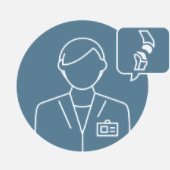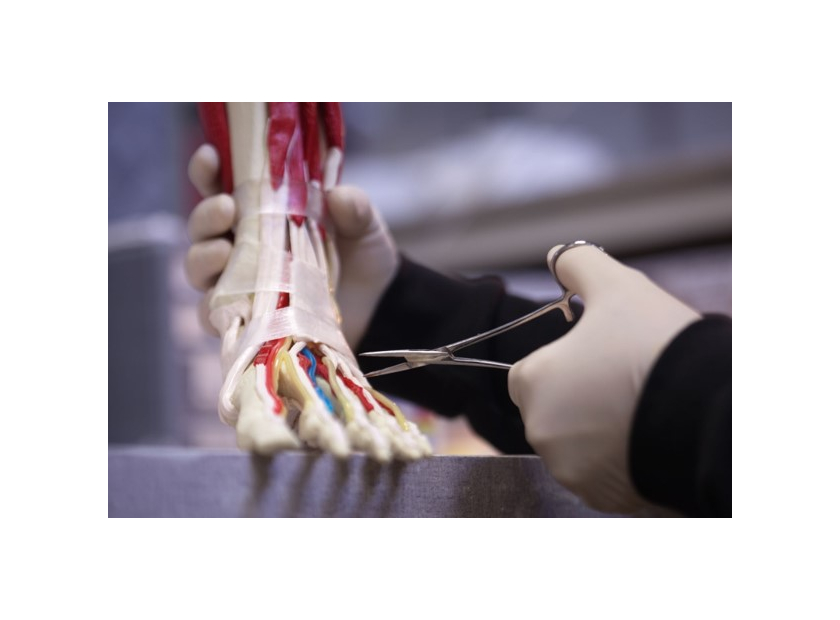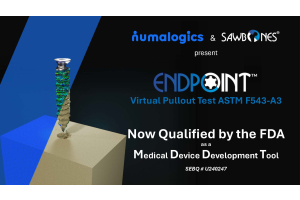Anatomy and Kinesiology Bone Models: How a Body Moves Is Important for Training and Demonstration
Today’s anatomy and kinesiology bone models are so effective, they work online. In the face of an increased remote learning burden created by the global COVID-19 pandemic, kinesiology students at Canada’s University of Guelph-Humber are using miniature skeletons to get hands-on experience of how the human body moves.
The anatomically accurate 35-inch models allow students to continue their education despite the hurdles of social distancing. Under the video conferencing gaze of instructors, they can complete complex modeling to map the origin and insertion point of muscles, chart the flow of blood vessels, and test the torque and movement limits of joints.
The novel approach demonstrates how advances in medical training models can open new frontiers for teaching and new experiences for learning.
Hands-on Learning Is More effective
Guelph-Humber lecturer, Dr. Lorraine Jadeski, believes the use of anatomy and kinesiology bone models adds a dimension of hands-on learning that gives students a foundational vision of where the structures of the human body are relative to each other.
“It's so important that they have access to a three-dimensional model of something that they can look at to try and internalize the structures and their relationships,” said Dr. Jadeski.
This need for hands-on experience exists beyond the challenges COVID-19 poses to medical instructors. Anatomy is the foundation of all medical science, and anatomical models have become ubiquitous in medical education because of their hands-on qualities, the capacity to focus attention on specific characteristics, and their advantages over the use of cadavers.
Importantly, research has shown engineered models are effective in teaching and learning anatomy. They have been found to provide students with a valuable “ideal view” of the body and can be an essential tool for institutions challenged by the cost, maintenance, storage, and regulations of using cadavers.
Models that accurately recreate the movements of the human body go beyond this foundational use and can become a key learning resource for a number of medical fields.
Fields That Can Benefit from Bone Models
The miniature skeletons used by the students of Guelph-Humber highlight a key component of today’s best anatomy and kinesiology bone models—they are purpose-built. When it is not practical to mail out full-sized skeletons to your students, accurate scale models are essential. And, when the models use state-of-the-art materials and dynamic functions, they are also effective.
Today, instructors and course developers can work with leading engineers to create models specific to the best practices and core skills of any medical field, or procedure within that field. There are, for example, scoliosis models that include a malleable rod to authentically recreate the movement, manipulation, and fixation that occurs in a patient’s spine.
Similarly, there are ribcage models that are tactile, moveable, pliable, and flexible enough to give students an understanding of the limits of manipulation within treatment engagements. If developed in partnership with medical experts, these models can hone skills that are transferable to clinical settings.
Rather than using broad anatomical models to teach highly specialized practices, models can be made that focus on a specific joint, muscle group, or procedure, such as open and arthroscopic interventions. This makes the models applicable to any field of medicine, including:
- Physiotherapy
- Orthopaedics
- Chiropractic
- Physiatry
- Emergency care
- Pain management
- Pediatrics
- Rheumatology
The moveable, malleable nature of these advanced models has a particular appeal to kinesiology instructors.
The Study of Movement
Creating accurate medical training models for a field that is concerned with the study of movement poses unique challenges. The limply hanging skeletons of high school biology class do nothing to convey the range and constraints of movement that are essential to detecting abnormalities in patients.
Instead, you need to create models with realistic ranges of motion. The technologies for doing so extend from the use of latex bands to authentically simulate the range of movement in the elbow, to advanced shoulder models that can rotate through the full potential or be locked into place.
The more accurate these models are, the more effectively they can prepare students for clinical conditions. Producing that accuracy is the result of advanced engineering in consultation with leading instructors. Models can be produced for singular courses, or on a commercial scale to aid the standardization of best practices across institutions.
The authenticity of the new generation of models is due to the quality of the materials used in production.
Responsive, Authentic, Synthetic
Modern medical training models are made from complex composite materials that better reflect the true nature of human skin, bone, and tissue than any previously available. In many instances, the look and feel of engineered models are superior to that of cadaveric options, due to the overwhelming geriatric nature and deterioration of live specimens.
In combination with dynamic features such as haptic feedback that provides an audio response when internal model elements are contacted, these materials can teach students to diagnose and treat potentially any condition. The models can be built to move, or resist movement, according to desired outcomes. Moreover, models can be designed to increase in difficulty or complexity as a student grows in confidence and experience.
Anatomy and Kinesiology Bone Models for Any Setting
The ongoing COVID-19 pandemic continues to have a tremendous impact on human health and happiness. It has also forced some of the world’s foremost medical training institutions to radically alter the way they reach and teach students.
Novel solutions are needed to ensure students are still able to practice and perfect the core skills that will define their future success as physicians. The advanced materials and features— and the endless possibilities of the modern generation of anatomy and kinesiology bone models—represent a potential salve.
The authenticity of materials and the customization of their performance means students, even those learning remotely via video conference, can still get the hands-on experience their instructors value.
If you need to find a new way to reach your students, or an alternative to the on-site or cadaveric models you used previously, then perhaps consider building your own solution with the best of modern training materials.
The training models created by Sawbones can be customized to suit any course, practice, or setting. By combining advanced materials with unique interactive features, our engineers work with you to make a solution to any training challenge. Contact us at 206-463-5551 to start creating a better learning environment today.

If you're seeking something you can't find on our website, our sales team is happy to help. We can either direct you to the right model or provide a free quote on the right custom project to meet your needs. Discover options with our clear bone models, laminated blocks, custom displays, or other machining projects.








